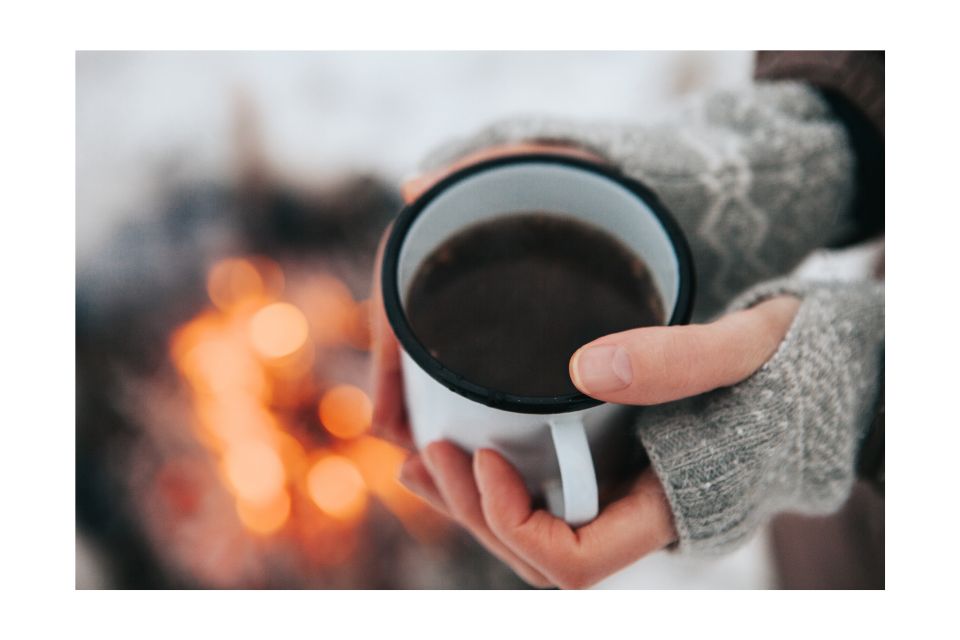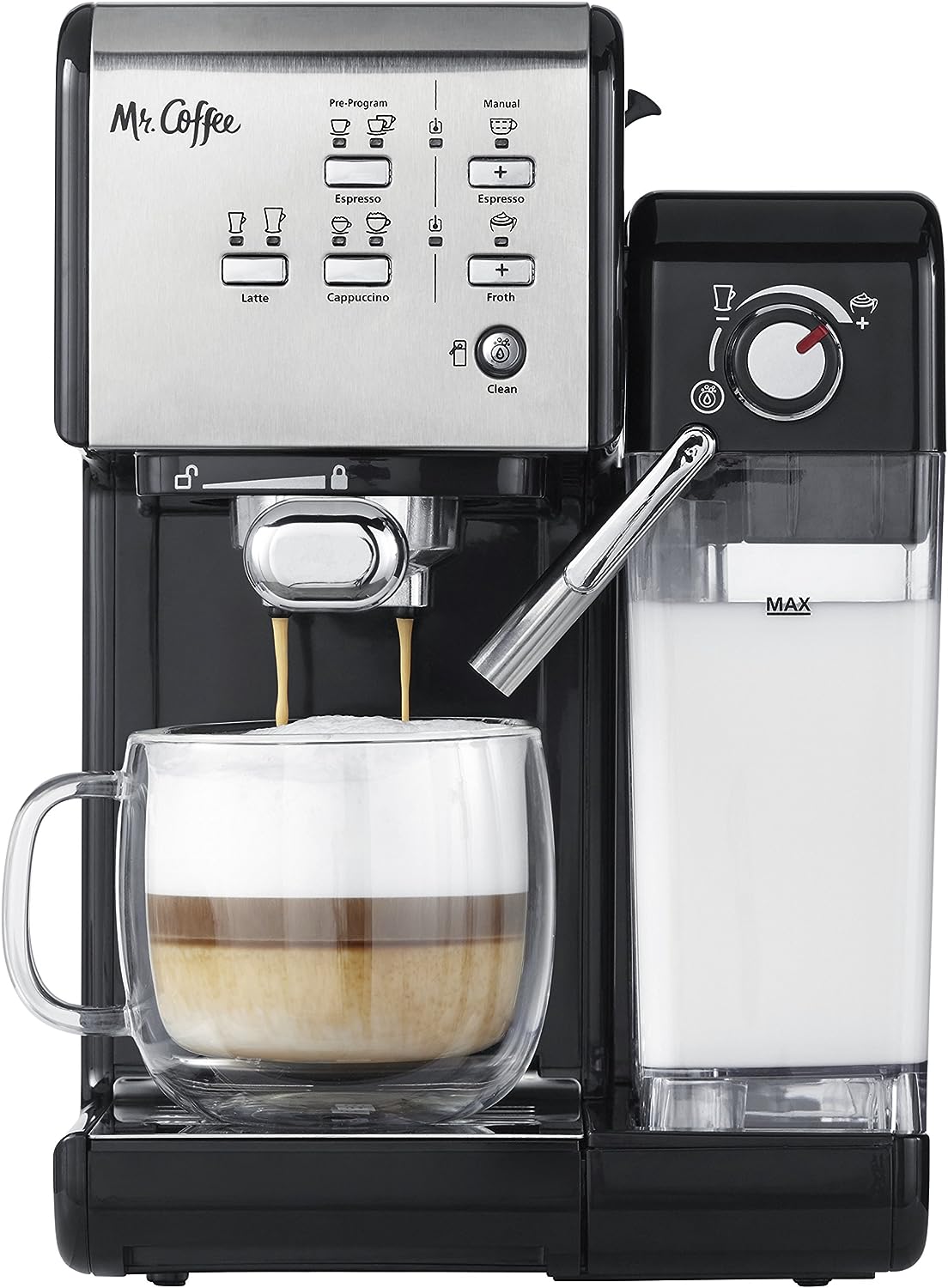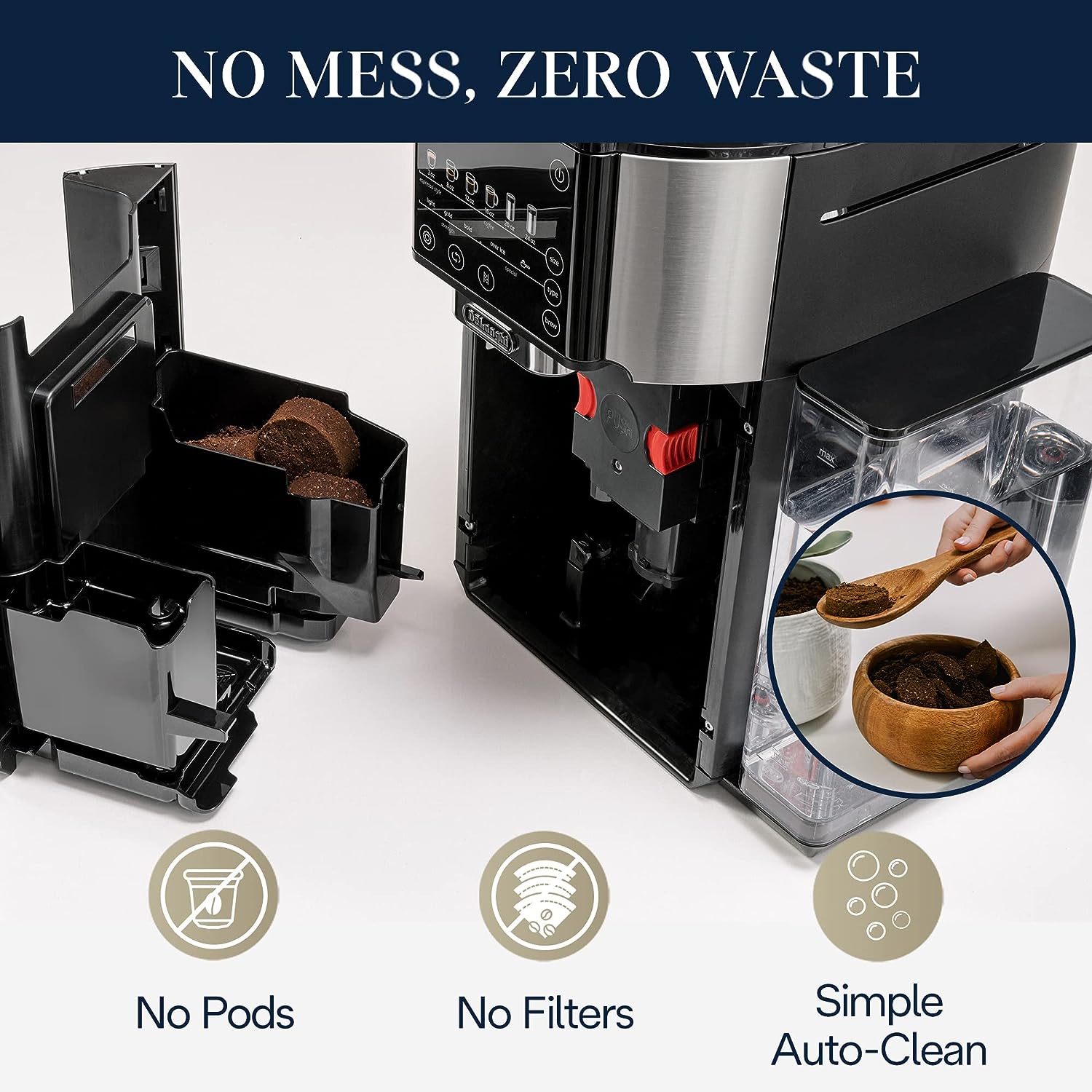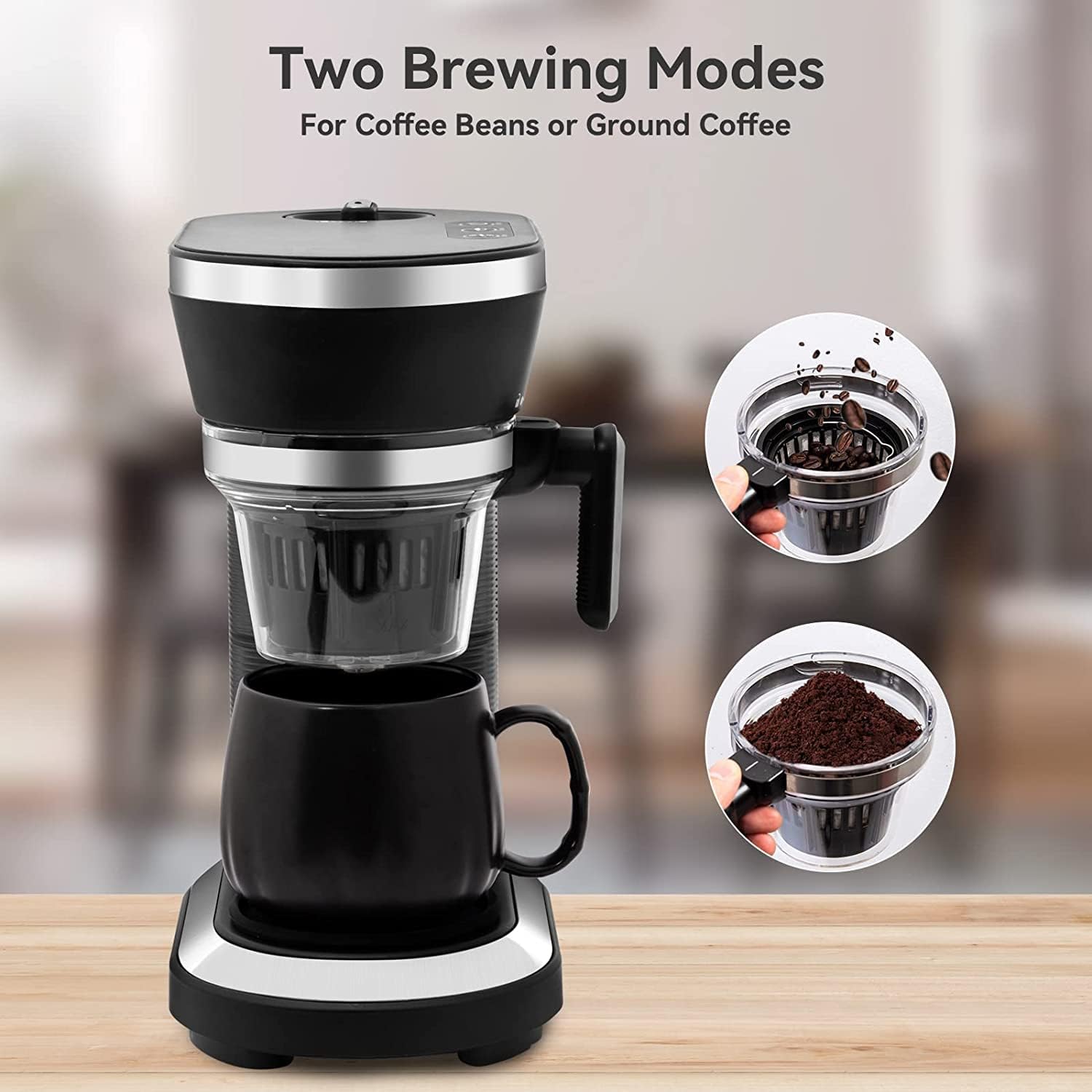Coffee is a popular beverage that is enjoyed by people all over the world. It is made from the roasted seeds of the coffee plant, which are known as coffee beans. The beans are typically roasted to varying degrees, which can affect the flavor and strength of the coffee. There are two main types of coffee beans, arabica, and robusta, which differ in their taste, caffeine content, and growing conditions.
Coffee was introduced in the Arabian Peninsula in the 15th century. It was first cultivated in Ethiopia, but it was the Yemenis who began to roast and brew the beans in a similar way to how it is prepared now. Coffee was used by Sufi circles to stay awake for their religious rituals. Accounts differ on the origin of the coffee plant prior to its appearance in Yemen. From Ethiopia, coffee could have been introduced to Yemen via trade across the Red Sea.
By the 16th century, the drink had reached the rest of the Middle East and North Africa, later spreading to Europe. In the 20th century, coffee became a global commodity, creating different coffee cultures around the world.
Thank you for reading “What is coffee – the complete guide.
Sources:
Coffee is typically consumed as a hot or cold drink, with many people drinking at least one cup of coffee each day. The drink contains caffeine, which is a stimulant that can increase alertness and energy. Drinking coffee has also been linked to a variety of health benefits, including reduced risk of heart disease, stroke, and some types of cancer. Overall, coffee is a popular and beloved drink that has become an integral part of many people’s daily routines.
Importance of coffee in daily life
Coffee is a significant part of many people’s daily routines and culture, offering both practical and social benefits. Here are a few reasons why coffee is so important to many:
- Boosts energy and productivity: The caffeine in coffee can help people feel more alert and focused, making it a popular choice for starting the day or getting through a workday.
- Provides a moment of relaxation: Sipping a cup of coffee can be a comforting and enjoyable break from a busy day, providing a moment to relax and recharge.
- Offers social connection: Meeting for coffee with friends, colleagues, or dates is a common and enjoyable social activity, providing a relaxed atmosphere for conversation and connection.
- Offers a range of health benefits: Drinking coffee in moderation has been associated with a range of health benefits, such as a reduced risk of heart disease, stroke, and some types of cancer.
- Offers a variety of tastes and options: There are many types of coffee beans and brewing methods, providing a wide range of tastes and options to suit individual preferences.
Overall, coffee has become an integral part of many people’s daily routines, offering both practical and social benefits that help enhance their daily lives.
Process of roasting coffee beans
Roasting is a crucial step in the production of coffee beans, as it brings out the characteristic aroma, flavor, and color of coffee. Here is a technical brief on the process of roasting coffee beans.
Types of Coffee Beans
The two most popular types of coffee beans are Arabica and Robusta. Arabica is considered to be of higher quality and is more expensive, while Robusta is more robust and has a higher caffeine content.
The Roasting Process
The roasting process typically involves heating the green coffee beans until they turn brown. Here are the steps involved in roasting coffee beans:
- Green Coffee Beans The roasting process begins with green coffee beans, which are the raw, unroasted seeds of the coffee plant.
- Heating The beans are heated in a roasting machine or drum. The heat causes the beans to expand and change color.
- First Crack As the beans heat up, they release moisture and begin to crack. This is known as the “first crack.”
- Roast Levels The degree of roasting is determined by the roast level, which can range from light to dark. Different roasts have different characteristics, such as aroma, flavor, and acidity.
- Second Crack After the first crack, the beans continue to heat up, and a second crack may occur. This is typically an indicator of a darker roast.
- Cooling Once the desired roast level is achieved, the beans are cooled quickly to stop the roasting process.
Factors Affecting Roast
Several factors can affect the roasting process, including:
- Time: The longer the beans are roasted, the darker the roast.
- Temperature: Higher temperatures result in a darker roast.
- Roasting Method: Different roasting methods can result in different flavors and aromas.
- Moisture Content: The moisture content of the beans can affect the roasting process.
Roasting coffee beans is a complex process that requires precision and skill. The roasting process plays a significant role in determining the flavor, aroma, and color of the coffee. By understanding the factors that affect the roasting process, coffee roasters can create unique blends with distinctive characteristics.
Differences between light and dark roast

Coffee roasting is a process that turns green coffee beans into the brown ones we recognize as coffee beans. There are different roast levels, with the most popular ones being light and dark roast.
Light Roast Coffee
Light roast coffee beans are roasted for a shorter time at lower temperatures compared to dark roast beans. The beans are removed from the roaster when they reach the first crack stage, resulting in a light brown color with no oils on the surface. Light roast coffee has a milder flavor and retains more of the original characteristics of the coffee bean. It also has higher acidity and caffeine content compared to dark roast coffee.
Dark Roast Coffee
Dark roast coffee beans are roasted for a longer time at higher temperatures than light roast beans. The beans are removed from the roaster after the second crack stage, resulting in a dark brown color with oils on the surface. Dark roast coffee has a stronger, smokier flavor and a bitter taste. It also has lower acidity and caffeine content compared to light roast coffee.
Which Roast to Choose?
The choice of roast level depends on personal taste preference. Some people prefer the milder, fruity taste of light roast coffee while others prefer the bolder, smokier taste of dark roast coffee.
Health Benefits of Coffee
Both light and dark roast coffee have potential health benefits when consumed in moderation. They may help reduce the risk of certain diseases, such as Parkinson’s disease, type 2 diabetes, and liver disease. Additionally, coffee contains antioxidants and may improve brain function, physical performance, and mood.
In summary, light and dark roast coffee differ in terms of roast time, flavor, acidity, caffeine content, and color. The choice of roast level ultimately depends on personal preference, and both light and dark roast coffee has potential health benefits when consumed in moderation.
Importance of coffee beans in brewing coffee
Coffee beans are an essential ingredient in the brewing of coffee, and the type of coffee bean used can greatly affect the taste and quality of the final product. There are several different types of coffee beans available, including Arabica, Robusta, and specialty coffee beans.
Arabica beans are the most widely used type of coffee bean and are known for their mild flavor and low acidity.
Robusta beans have a stronger, more bitter flavor and are often used in blends or instant coffee.
Specialty coffee beans come from unique growing regions and have distinct flavor profiles, often with fruity or floral notes.
When it comes to the roast, there are several different levels, including light, medium, and dark roast. Each level of roast brings out different flavors and characteristics of the coffee bean, from the bright and acidic notes of a light roast to the bold and smoky flavors of a dark roast. Understanding the different types of coffee beans and roasts is crucial for coffee lovers to find their perfect cup of coffee.
| Type of Coffee Bean | Flavor Profile | Common Uses |
| Arabica Coffee | Mild, low acidity, with notes of chocolate, caramel, and fruit | Used for high-quality, specialty coffee and espresso |
| Robusta Coffee | Strong, bitter, with a nutty or earthy flavor | Often used in blends or instant coffee |
| Specialty Coffee | Unique flavor profiles, often with fruity or floral notes | Used for high-end, artisanal coffee products |
| Roast Level | Flavor Profile | Common Uses |
| Light | Bright, acidic, with notes of citrus or fruit | Often used for single-origin coffees, allows the natural flavors of the coffee bean to shine through |
| Medium | Balanced, with notes of chocolate or nuts | Often used for blends, espresso, or drip coffee |
| Dark | Bold, smoky, with notes of caramel or chocolate | Often used for espresso, French press, or strong coffee blends. |
The popularity of coffee around the world
The magical bean that makes mornings bearable and deadlines achievable. It’s the only reason most of us can function before noon. And its popularity is no joke. People around the world can’t get enough of the stuff. It’s like the universal language, except instead of words, we speak in lattes and espressos.
No matter where you go, you can always find a good cup of coffee. It’s the glue that holds society together. And let’s be real, without it, we’d all be a little bit grumpier and a lot less productive. So, here’s to coffee drinking – the liquid gold that keeps us all going, no matter the roast or type of bean.
What are the Health Benefits and Risks of Coffee
Health benefits of moderate coffee consumption
Coffee is one of the most popular beverages in the world, and there is much debate over the health benefits and risks associated with coffee consumption. Some studies suggest that moderate coffee consumption, defined as 3-5 cups of coffee daily, may have health benefits, such as reducing the risk of developing type 2 diabetes, Parkinson’s disease, and liver cancer.
However, excessive caffeine intake can lead to insomnia, anxiety, and other negative health effects. Additionally, some people may be more susceptible to the negative effects of caffeine, such as those with anxiety disorders or heart conditions.
Decaffeinated coffee is a good option for those who want to avoid caffeine while still enjoying the taste and potential health benefits of coffee. Overall, beccause of the effect of coffee, it is important to moderate coffee intake and listen to your body’s response to caffeine.
Risks of excessive caffeine intake
Excessive caffeine intake can have negative effects on one’s health. Some of the risks associated with excessive caffeine consumption include:
- Insomnia or trouble sleeping
- Nervousness, anxiety, or restlessness
- Rapid or irregular heart rate
- Muscle tremors
- Headaches or migraines
- Dehydration
- Increased blood pressure
- Stomach upset, nausea, or vomiting
- Mood changes, including irritability or depression
These risks can be particularly concerning for those who consume large amounts of coffee or other caffeinated beverages. It is important to monitor caffeine intake and limit consumption to avoid these potential health risks.
The Role of Coffee in daily caffeine intake
Coffee is like the caffeine superhero of our daily routine. With just one sip, it can magically transform us from a sleepy, grumpy zombie to a productive and focused human being.
Coffee beans, the secret ingredient of this superhero, come in different types, roasts, and flavors. Drinking coffee has many health benefits, including improving cognitive function, reducing the risk of type 2 diabetes, and lowering the risk of heart disease.
So, if you need an extra dose of caffeine, just grab a cup of your favorite type of coffee, and let the superhero do its job!
Brewing Methods
Equipment needed for brewing coffee
There are many different types of coffee makers available, but the most common are:
- Drip coffee makers: These are the most basic type of coffee makers. These makers heat the water and then drip it over ground coffee beans, which are held in a filter.
- French press: These coffee makers use a plunger to press hot water through ground coffee beans.
- Pour-over cone: These coffee makers use a cone-shaped filter to hold ground coffee beans. Hot water is then poured over the beans, and the coffee drips into a carafe below.
- Moka pot: These stovetop coffee makers use pressure to brew coffee.
- AeroPress: These handheld coffee makers use pressure to brew coffee.
- Cold brew coffee makers: These coffee makers brew coffee by steeping ground coffee in cold water for 12-24 hours.
In addition to a coffee maker, you will also need:
- Coffee beans: You can buy whole coffee beans or ground coffee beans. If you buy whole beans, you will need a coffee grinder to grind them.
- Water: Use fresh, cold water for the best cup of coffee.
- Filters: If you are using a drip coffee maker or a pour-over cone, you will need filters to remove the coffee grounds from the brewed coffee.
- Mugs: To serve your coffee!
Regular coffee brewing method
Coffee is one of the most popular beverages in the world and for good reason. It’s delicious, it’s invigorating, and it has a number of health benefits. But how do you brew the perfect cup of coffee?
There are many different ways to brew coffee, but the most common method is the regular coffee brewing method. This method is simple and easy to follow, and it produces a delicious cup of coffee every time.
Here’s how to brew coffee using the regular coffee brewing method:
- Gather your materials. You’ll need ground coffee, water, a coffee maker, and a filter.
- Add the ground coffee to the filter. The amount of ground coffee you use will depend on the size of your coffee maker and your personal preference.
- Add water to the coffee maker. The amount of water you use will also depend on the size of your coffee maker.
- Turn on the coffee maker. The coffee will start brewing, and it will be ready in a few minutes.
- Enjoy your coffee!
That’s it! It’s that easy to brew a delicious cup of coffee using the regular coffee brewing method. So what are you waiting for? Get brewing!
Here are some additional tips for brewing the perfect cup of coffee:
- Use fresh, cold water.
- Use good quality ground coffee.
- Grind the coffee beans just before brewing.
- Use the correct amount of coffee and water.
- Don’t over-brew the coffee.
- Serve the coffee immediately.
With these tips, you’ll be brewing delicious cups of coffee in no time!
Here are some fun facts about coffee:
- Coffee is the second most traded commodity in the world, after oil.
- The world’s largest coffee producer is Brazil.
- The world’s largest coffee consumer is the United States.
- Coffee contains caffeine, which is a stimulant that can help improve alertness and cognitive function.
- Coffee has been shown to have a number of health benefits, including reducing the risk of type 2 diabetes, Parkinson’s disease, and Alzheimer’s disease.
- Coffee is a delicious and versatile beverage that can be enjoyed hot or cold, black or with milk and sugar.
So next time you’re looking for a pick-me-up, reach for a cup of coffee!
Conclusion
Thanks for taking the time to read this article on the wonderful world of coffee! Whether you’re a coffee lover or just enjoy the occasional cup, we hope you learned something new about this beloved beverage. From the different types of coffee beans and roasts to the health benefits and potential risks of excessive caffeine intake, there’s always something interesting to discover. So, next time you brew a cup of your favorite coffee, take a moment to appreciate all the work that goes into producing that perfect blend. Cheers to a delicious and satisfying cup of coffee!




